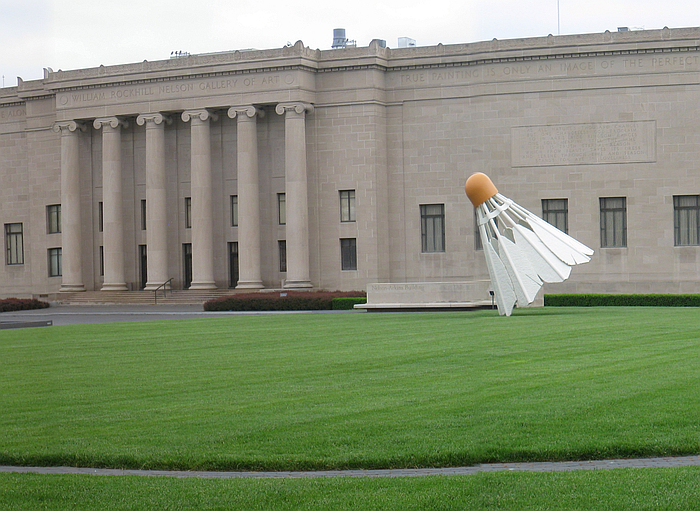After a decade of exploring life, humanity, being, their back yard, and themselves, in each others inseparable company, apart from the many moments they fell out, obviously, the final Calvin and Hobbes strip sees the philosophical duo sat in their sled at the top of a snow covered hill...
"It's a magical world, Hobbes, ol' buddy..." Calvin opines.
Adding, as they head off down that hill into the great unknown of their next adventure, "...Let's go exploring!"
We're not going to argue with any of that. Ever.
Nor should you. Ever.
Our five recommended snow covered slopes in August 2025 via which to catapult yourself on a full-bloodied exploration of the unknowable of the unending magic that is life, can be found in Dessau, Williamstown, Maastricht, Zürich and Kansas City.......
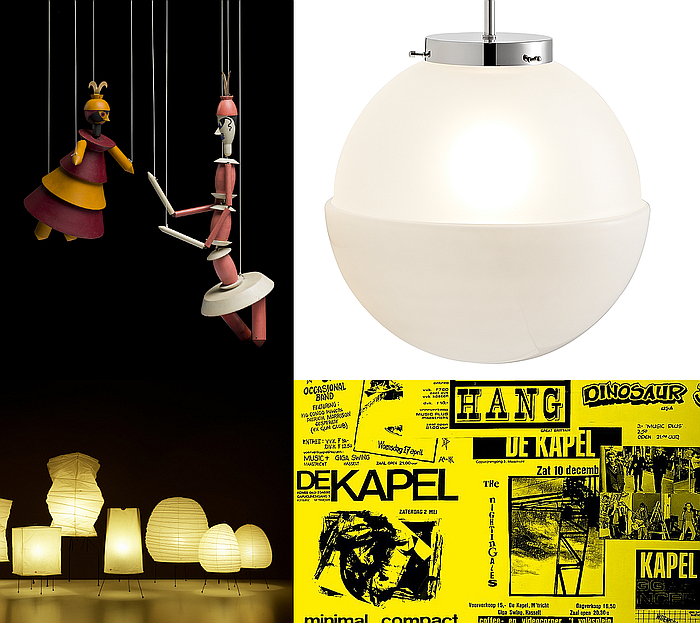
Among the many advances of the early decades of 20th century Europe, among the many technical advances of the early decades of 20th century Europe that enabled the social and cultural advances of 20th and 21st century Europe, one of the more fundamental is and was the (near) universal provision of electricity: a development that not only meant the new houses and apartments being built could be conveniently and hygienically illuminated with electric light, and could embrace the novel electric household goods being feverishly developed, but also meant the burgeoning popular cultural and consumption industries of the period could flourish, not least through the power of light electricity unleashed and made available with such abundance.
Yet, and as with so much that has helped human society to develop over the centuries, electricity provision and use, and the provision and use of electric light, the 24/7 illumination of the planet, is today not without its problems. And an associated urgent need for a critical questioning and appraisal.
In context of Stiftung Bauhaus Dessau's Bauhaus Lab 2025 an international octet researched questioned and appraised our social, political, ecological, and health, relationships with electricity and electric lighting past, present and future. Research, questioning and appraisal that began with Marianne Brandt's 1926 ME 94 ceiling lamp, a work in a combination of milk and matt glass developed by Brandt in the Bauhaus Dessau Metal Workshop, that once graced the workshops of the Dessau atelier building, and that in being such is not only symbolic of the promise contained in the electrification, contained in the electronic lighting, of the 1920s, but also of the role of the Bauhauses and the Bauhäusler in proposing ways forward in context of the freedoms and advances of electricity; of the promise contained in the Bauhauses and the Bauhäusler. The latter also being very much in urgent need of a critical questioning and appraisal, not least in context of the rapidly approaching Bauhaus Dessau centenary.
Research, questioning and appraisal to be presented in After modern brightness.
Exactly how, we know no, Stiftung Bauhaus Dessau being very sparing with their words ahead of any and every exhibition, preferring not to give too much away; however, past experience teaches that Bauhaus Lab projects invariably produce exhibitions that entertain as much as they inform and stimulate.
After modern brightness. Ecologies of light is scheduled to open at the Bauhausgebäude, Gropiusallee 38, 06846 Dessau-Roßlau on Friday August 1st and run until Sunday March 1st. Further details can be found at https://bauhaus-dessau.de
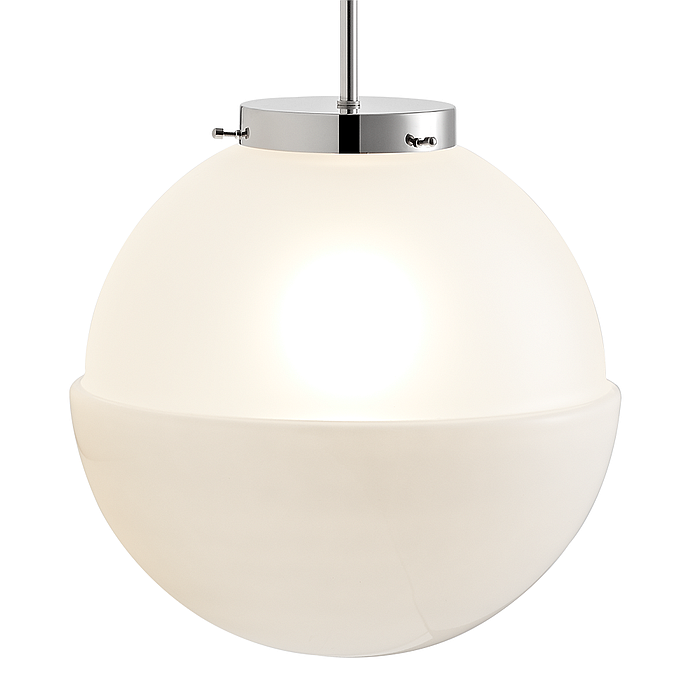
Either we missed the announcement for Landscapes of Time while compiling our July 2025 exhibitions list, or its announcement came after we'd completed our search for new exhibitions opening in July 2025. Both are very possible.
Yet regardless of why it wasn't in our July 2025 list, it should have been. And so despite being already open, it comes in the August 2025 list. A temporal volatility, a refusal to be pinned down to the conventions of chronology, a placing of Landscapes of Time in the landscapes of time of these dispatches, that, we'll argue, corresponds to one of the central themes of Landscapes of Time: Isamu Noguchi as a creative in an endless, free transition between, in an endless, free ongoing discourse between, the past and the now. And always with a questioning eye on the future.
A past and now, and future, as inherent components of Noguchi's work, of Noguchi's positions, of Noguchi's approaches, time as an inherent component of Isamu Noguchi, the Clark Art Institute aim to approach in Landscapes of Time from 6 perspectives: Cyclical Time, Noguchi’s Materials, Stone Age and Space Age, World War II and the Atomic Age, Collaboration with Martha Graham, the latter focussing on those scenographies Noguchi developed for Graham that, on so many levels, were fundamental for his development but are so often overlooked in his oeuvre, making their presence in Landscapes of Time all the more pleasing. And also Akari, those light sculptures that for all they exist today apparently liberated from time, are intimately bound with the complexities of the past, the now and the future, with relationships between the past, the now, the future. Move through a time they don't acknowledge.
Thus a presentation that for all the promised 37 objects sounds bijou, whereby one must remember the scale at which Isamu Noguchi often worked, should allow not only for differentiated perspectives on a creative all too often, all too unfairly, reduced to a few popularly known works, but should also allow for differentiated perspectives on the landscapes of time we all occupy. Whereby the plural is important.
Isamu Noguchi: Landscapes of Time opened at the Clark Art Institute, 225 South Street, Williamstown, Massachusetts 01267 on Saturday July 19th and is scheduled to run until Monday October 13th. Further details can be found at www.clarkart.edu
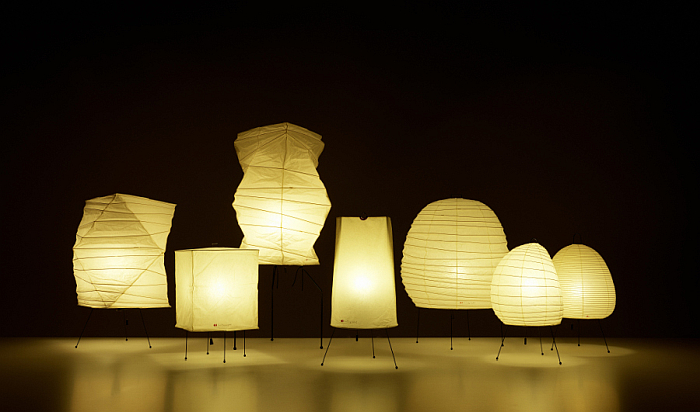
A long, long, time, ago we had a couple of things to do at the, then, Academie Beeldende Kunsten in Maastricht. It was summer, was our first visit to Maastricht, a city we'd often read about but didn't physically know, our spirits were high as we wandered down from the station and crossed the Maas into the old town... where we became aware not only of the high density of, obviously, conspicuously, wealthy pensioners milling around, but that all the men were dressed in pastel hues, the most disturbing combinations of shirts and trousers in pinks and greens and blues and yellows that weren't actually pink and green and blue and yellow. What dystopian wretchedness is this? we thought. To what debased parallel universe is the Maas a border?
And then slowly it dawned on us: we'd stumbled innocently, unwittingly, into Maastricht in the midst of André Rieu's annual hometown summer concert season. And those thronging around us were Rieu Ultras.
We did what we had to do at the Academie Beeldende Kunsten, properly and conscientiously, and with a great deal of success, and then scarpered out of Maastricht as quickly as our little legs could carry us.
You can therefore imagine our abject horror at the news of an exhibition exploring relationships between music and Maastricht.
Fortunately, unless Bureau Europa are keeping it secret, saving it as shock moment for visitors, or his presence is so obvious one need not mention it, André Rieu doesn't appear to be part of Rock, Rhythm & Rough Edges of Maastricht. Rather the presentation promises to explore Maastricht in context of those more underground musical subcultures that over the course of the decades since the end of the 1939-45 War have been important in not just shaping untold Maastrichtenaar, but that thereby have played a role in shaping the society of Maastricht and thus of Maastricht. An exploration to be told, if we've understood correctly, less via the music and musicians per se as via the those venues and locations across the city, across the ever changing city, in which Maastricht's musical life, professional and amateur, local and international, exists.
And existed, one very much gets the impression that in Maastricht, as with everywhere in Europe, a great many of those venues and locations that once allowed for youthful expressions of a society alternative to that of the dominant social groupings, have long since ceased to be, have fallen victim to the progression of time, been replaced by venues where youthful expressions are frowned upon by corporate sponsors who exist as mirrors of the dominant social groupings. While the Rieu Ultras continue to enjoy the unquestioned freedom of Vrijthof. (The 2025 season has ended, which we suspect may make the timing of Rock, Rhythm & Rough Edges of Maastricht's opening a deliberate act on Bureau Europa's part. Tickets for André Rieu Maastricht 2026 are now on sale.)
Thus aside from awakening memories, good and bad, amongst older Maastrichtenaar of a Maastricht, and a life, long passed but still tangible, and aside from allowing an alternative perspective on the city for all from outwith, Rock, Rhythm & Rough Edges of Maastricht should also help reinforce that any built environment is never just its buildings, ways and spaces but the life and the community, communities, who occupy those buildings, ways and spaces, that employ those buildings, ways and spaces for their means; that the vitality and resilience of any built environment is dependent on the development of independent relationships with buildings, ways and spaces. That architecture, urban planning and design should never be definitive, must always be allowed to go beyond that which they superficially are, that architects shouldn't be allowed to have visions. Nor should property investors. And should thereby also help remind that changes to buildings, ways and spaces are never just aesthetic and directly functional, they always have an agency beyond the physical. Which is why its important to carefully consider how urban spaces develop.
Rock, Rhythm & Rough Edges of Maastricht. An ode to the musical places in the city is scheduled to open at Bureau Europa, Timmerfabriek, Boschstraat 9, 6211AS Maastricht on Wednesday August 13th and run until Sunday September 28th. Further details can be found at www.bureau-europa.nl
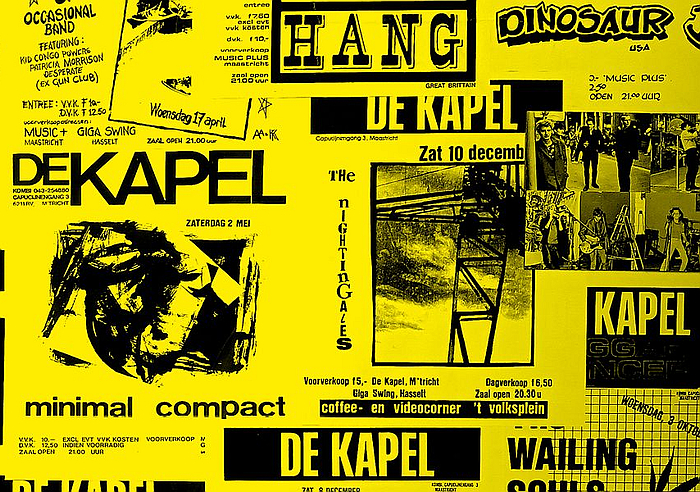
A great many museums not only present the past, but also present in that past, present as if part of the past they are presenting: the presentation concepts and engagement with the exhibits offered often being akin to in those centuries past when the exhibits were avant-garde.
Which isn't necessarily a criticism of museums but more an underscoring of the reality of the complexities of presenting objects that are often location specific, and invariably with a function that requires active use, in an artificial environment where their use is often undesirable, in a format that enables meaningful access to them. And achieving such in context of the, invariably, spatial limitations and peculiarities of a museum building that itself is often from a distant past. And also in context of the financial limitations and peculiarities of museums everyone wants but no-one wants to pay for.
With Museum of the Future the Museum für Gestaltung, Zürich, promise to present, as the title tends to imply, 17 Digital Experiments for the Museum of the Future. 17 propositions, some speculative, some already practicable, as to how contemporary and future technology could, should, ¿must? be employed to augment, improve, empower, the future museum experience.
A discussion in the company of projects such as, for example, a 1.6 trillion pixel digital recreation of Louis Braun's late-19th century panorama painting The Battle of Murten that seeks to enable novel modes of interaction with artworks; digital avatars of objects from the Bihar Museum, India, that otherwise would be unable to make the journey to Zürich or a virtual tour through an unrealised proposal by Le Corbusier for what became Zürich's Pavillon Le Corbusier that seeks to tackle the problems of presenting the architectural scale at the room scale. Or, and somewhat invariably in our contemporary age, a number of AI applications including, for example, AI powered transcriptions of damaged, charred, scrolls from centuries past that, without such technology, would just be charred artefacts in a vitrine. The sort of thing one skips past in 7 seconds. But which if one stops to read augment, improve, empower your experience and also your appreciation of those centuries past.
Thus a presentation which should not only allow space in a museum space for considerations on the limitations of contemporary museums and how they could, should, ¿must? be resolved, but also how contemporary and future technology will impact on the mediation of information and thus the processes of learning. With all the pros and cons contained therein.
Museum of the Future — 17 Digital Experiments is scheduled to open at the Museum für Gestaltung, Ausstellungsstrasse 60, 8005 Zürich on Friday August 29th and run until Sunday February 1st. Further details can be found at https://museum-gestaltung.ch
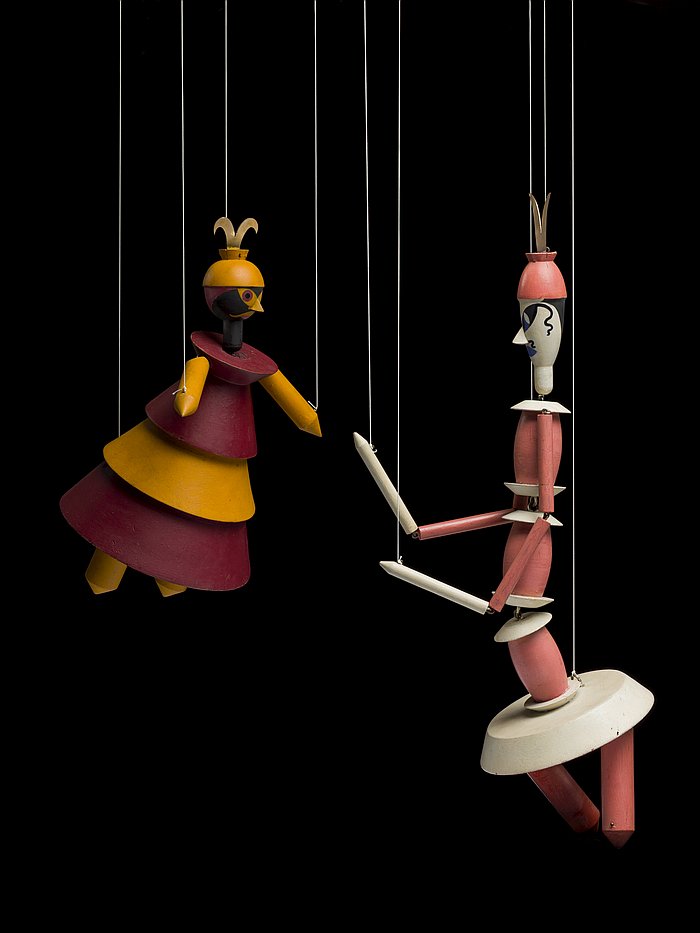
Once upon a time the camera never lied.
Except it always did.
Humanity in its infinite wisdom however preferring to be believe it didn't. Even when it became undeniable that it could lie. And that if it wasn't actively lying, the truth it was telling wasn't necessarily definitive, wasn't the truth, the whole truth, and nothing but the truth. Was a truth.
Which, arguably, is one of the reasons we're all so exposed to the incalculable dangers of AI generated images: in an increasingly visual age, in an age when images are one of the more important sources of communication and information for large swathes of global society, we still struggle to comprehend that photos aren't indisputable facts. That photos can contain a lie. Something we know. But...
With More is More: Reinventing Photography Beyond the Frame the Nelson-Atkins Museum of Art take us all back to the experimental photography of the 1960s, 70s and 80s, itself a fairly late expression of a creative playing with the photographic medium, with a creative manipulation of the photographic medium, with a creative questioning of the seeing of the photographic medium, that, arguably, is as old as the photographic medium itself, one thinks, for example, of the photo art of the 1910 and 20s; but a post 1939-45 War period when a questioning of society, its beliefs, its values, its structures by creatives of all ilks was in the ascendency. Was, in many regards, the raison d'etre of art. And when actively challenging the photo, demanding answers of the photo, was an important component of those processes. Thus a period that has lost none of its relevance, despite the technological and social changes since.
An exploration that in addition to presenting works by creatives as varied as, and amongst many others, Eleanor Antin, David Hockney, Barbara Crane or Andy Warhol, a range of creatives, positions and approaches that promises to offer a wide ranging vista on creative, artistic, photography in the third quarter of the 20th century, also promises to enable alternative perspectives on photography, on photographs, on seeing, on manipulation, on truth that could be most helpful and instructive in context of our contemporary technology and its increasingly fundamental and irreversible influence on truth, on facts, on seeing, on society.
If that is we collectively choose to stop believing photographs.
More is More: Reinventing Photography Beyond the Frame is scheduled to open at the Nelson-Atkins Museum of Art, 4525 Oak St. Kansas City, MO 64111 on Saturday August 2nd and run until Sunday January 18th. Further details can be found at https://nelson-atkins.org
